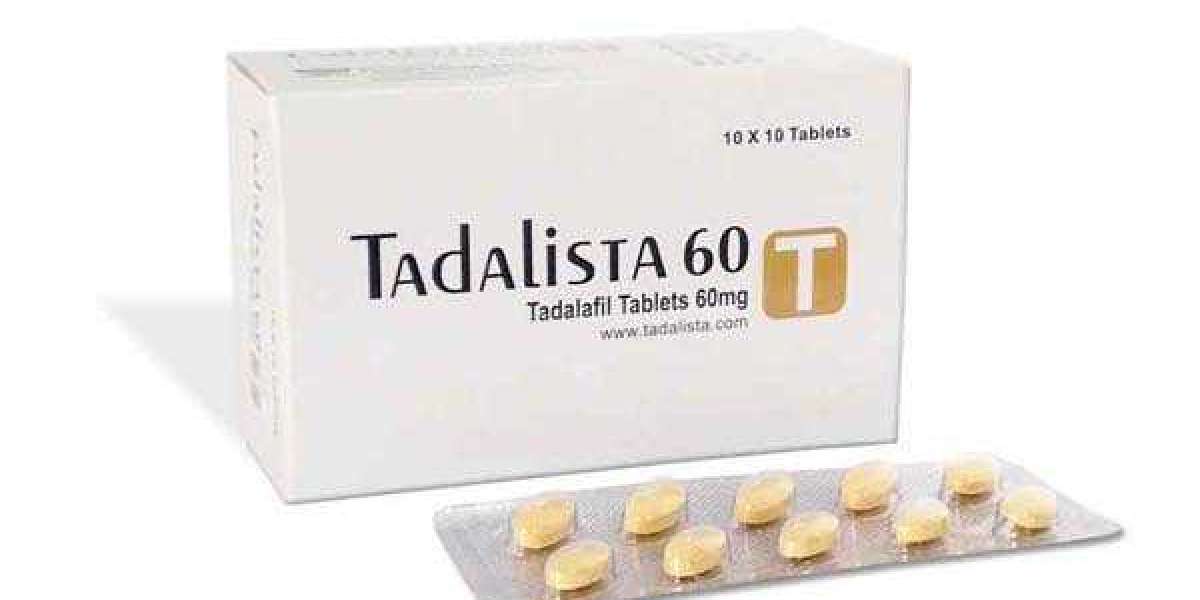Sexually transmitted diseases (STDs) are a significant public health issue that affects millions of people worldwide. STDs can affect anyone, but certain behaviors and circumstances increase the risk of contracting these infections. Understanding the risk factors associated with STDs is essential for both prevention and treatment. Although medical interventions are crucial, some individuals seek home remedies as an adjunct to medical care or for symptomatic relief. This article will explore the different types of STDs in men and women, their causes, and risk factors, along with complications, treatments, and home remedies.
Types of STDs in Men
STDs can manifest differently in men, affecting various parts of the body. Common STDs include chlamydia, gonorrhea, syphilis, and human papillomavirus (HPV). Chlamydia, caused by the bacterium Chlamydia trachomatis, often presents with mild symptoms or none at all, making it easy to spread unknowingly. Gonorrhea, another bacterial infection, typically affects the urethra but can also impact the rectum and throat.
Syphilis, caused by Treponema pallidum, progresses through several stages and can lead to severe health complications if untreated. HPV, a viral infection, is the most common STD and can lead to genital warts and cancers, including penile and anal cancer. Herpes simplex virus (HSV) is another widespread STD, presenting with painful sores or blisters, primarily on the genitals.
HIV/AIDS remains one of the most severe STDs, attacking the immune system and making the body vulnerable to other infections. Hepatitis B and C, while often associated with liver damage, can also be transmitted sexually. Trichomoniasis, a parasitic infection, although more common in women, also affects men, causing irritation and discharge.
Causes of STDs in Men
The primary cause of STDs in men is the transmission of infectious agents during sexual activity. Unprotected sex is the most significant factor contributing to the spread of STDs, as it allows direct contact with infected bodily fluids or skin. Multiple sexual partners increase the likelihood of encountering an infected individual, thus raising the risk of contracting an STD.
Men who engage in sexual activity with other men (MSM) are at a higher risk for certain STDs, including HIV and syphilis. This is due to both biological factors, such as the susceptibility of rectal tissues to tearing and infections, and social factors, including stigma and lack of access to appropriate healthcare services.
Substance abuse, particularly the use of drugs that impair judgment, like alcohol or methamphetamine, can lead to risky sexual behaviors, further increasing the chances of acquiring an STD. Additionally, men who do not get regularly tested for STDs or who do not disclose their sexual history to partners contribute to the silent spread of infections.
Another contributing factor is the lack of circumcision, which has been shown in some studies to reduce the risk of acquiring certain STDs, including HIV and HPV. However, it is essential to note that circumcision is not a substitute for safe sexual practices.
Risk Factors for STDs in Men
Certain behaviors and conditions heighten the risk of contracting STDs in men. Unprotected sexual activity is the most significant risk factor, especially with multiple partners or anonymous encounters. Engaging in sex while under the influence of drugs or alcohol further exacerbates this risk, as it often leads to poor decision-making.
Men who have sex with men (MSM) are particularly vulnerable to specific STDs, including HIV and syphilis. The physical nature of anal intercourse, which can cause tears and bleeding, facilitates the transmission of infections. Additionally, the stigma surrounding homosexuality may prevent some MSM from seeking regular testing or treatment, leading to undiagnosed and untreated infections.
Other risk factors include age (younger men are more likely to engage in risky behaviors), lack of circumcision, and inconsistent condom use. Men with a history of previous STDs are also at a higher risk of contracting another STD, as their sexual health may already be compromised.
Complications of STDs in Men
Untreated STDs can lead to severe complications in men, affecting their overall health and well-being. One of the most concerning complications is infertility, which can result from infections like chlamydia and gonorrhea if they spread to the reproductive organs. These infections can cause epididymitis, an inflammation of the coiled tube at the back of the testicle, leading to pain and, in severe cases, infertility.
STDs like syphilis and HIV can have systemic effects, impacting multiple organs and systems in the body. Syphilis, if left untreated, can progress to tertiary syphilis, which can damage the heart, brain, and nerves, leading to severe health issues, including dementia and cardiovascular problems. HIV, by weakening the immune system, makes the body susceptible to opportunistic infections and certain cancers.
HPV, while often asymptomatic, can lead to the development of genital warts and, more concerning, various cancers, including penile and anal cancer. Hepatitis B and C can cause chronic liver disease, leading to cirrhosis or liver cancer.
Other complications include chronic pain, particularly in cases of herpes, where recurrent outbreaks can be painful and distressing. Psychological effects, such as anxiety, depression, and the stigma associated with having an STD, can also significantly impact a man’s mental health.
Treatment of STDs in Men
The treatment of STDs in men depends on the type of infection. Bacterial STDs, such as chlamydia, gonorrhea, and syphilis, are typically treated with antibiotics. Early diagnosis and prompt treatment are crucial to prevent complications and transmission to others. For instance, chlamydia and gonorrhea are often treated with a combination of antibiotics, while syphilis requires penicillin injections.
Viral STDs, such as HIV, herpes, and HPV, are managed rather than cured. Antiretroviral therapy (ART) is the standard treatment for HIV, helping to keep the viral load low and prevent the progression to AIDS. Herpes is treated with antiviral medications that help manage outbreaks and reduce the risk of transmission. For HPV, while there is no cure, vaccines are available to prevent certain strains of the virus that cause genital warts and cancers.
In the case of hepatitis B and C, antiviral medications can help manage the infection and reduce the risk of liver damage. Trichomoniasis, a parasitic infection, is treated with antiprotozoal medications like metronidazole.
It’s important for men to follow their healthcare provider’s instructions closely, complete the full course of prescribed medications, and inform their sexual partners, who may also need treatment.
Home Remedies for STDs in Men
While medical treatment is the cornerstone of managing STDs, some men turn to home remedies to alleviate symptoms or support overall health. It’s important to note that home remedies should not replace conventional medical treatments but can be used as complementary approaches.
For genital herpes, some men find relief from pain and itching by applying cold compresses or taking warm baths with Epsom salts. Aloe vera gel, known for its soothing properties, can also be applied to affected areas to reduce discomfort. Tea tree oil, though potent, can be diluted and used as a topical treatment for its antimicrobial properties, helping to manage symptoms of various STDs.
Probiotics, found in yogurt and supplements, can help restore the natural balance of bacteria in the body, particularly after taking antibiotics for bacterial STDs. Consuming garlic, known for its antibacterial and antiviral properties, may also support immune function, though it should not be relied upon as a sole treatment.
For men with HPV-related genital warts, applying green tea extract has shown some promise in reducing wart size. It’s crucial, however, to consult with a healthcare provider before attempting any home remedies, as some may cause irritation or interfere with prescribed treatments.
Maintaining a healthy diet rich in vitamins and minerals, staying hydrated, and practicing good hygiene can also support the body’s natural defenses against infections.
Types of STDs in Women
Women can contract a wide range of STDs, with some manifesting differently than in men. Chlamydia and gonorrhea are two of the most common bacterial STDs in women, often leading to pelvic inflammatory disease (PID) if left untreated. PID can cause scarring of the fallopian tubes, leading to infertility or ectopic pregnancy.
Syphilis is another bacterial STD that, if untreated, can progress through several stages, ultimately affecting the heart, brain, and other organs. Human papillomavirus (HPV) is extremely common in women, with certain strains leading to cervical cancer, making regular screenings crucial.
Herpes simplex virus (HSV), presenting as painful blisters on the genitals, is another prevalent STD among women. HIV/AIDS, though less common in women than men, is still a significant concern, leading to immune system failure if not managed with antiretroviral therapy.
Trichomoniasis, caused by the parasite Trichomonas vaginalis, is more common in women than men and can cause itching, burning, and unusual discharge. Hepatitis B and C, while often associated with liver issues, can also be transmitted sexually and lead to chronic liver disease.
Causes of STDs in Women
The causes of STDs in women mirror those in men, with the transmission of infectious agents during sexual activity being the primary factor. Unprotected sex, particularly with multiple partners, significantly increases the risk of contracting an STD.
Certain biological factors make women more susceptible to STDs. For example, the vaginal environment can be more vulnerable to infections due to its larger surface area and mucous membrane, which can more easily absorb pathogens. Additionally, women are often less likely to show symptoms of STDs, leading to undiagnosed and untreated infections.
Substance abuse, including alcohol and drug use, is another contributing factor, as it can impair judgment and lead to risky sexual behaviors. Lack of regular STD testing and healthcare access further exacerbates the issue, allowing infections to spread unchecked.
Stigma and societal norms may also play a role, particularly in cultures where discussing sexual health is taboo. This can prevent women from seeking the necessary medical care or openly discussing their sexual history with healthcare providers.
Risk Factors for STDs in Women
Women face several risk factors that increase their likelihood of contracting STDs. Engaging in unprotected sexual activity is the most significant risk factor, particularly when combined with multiple sexual partners or inconsistent condom use.
Age is another critical factor, with younger women, particularly those in their late teens and early twenties, being at higher risk due to both biological vulnerability and behavioral factors. Women who engage in sexual activity with high-risk partners, such as those who have multiple partners or who inject drugs, are also at increased risk.
Hormonal factors, such as those related to pregnancy or menopause, can also influence.




Elder Victor 9 hrs
Nice, good to know.